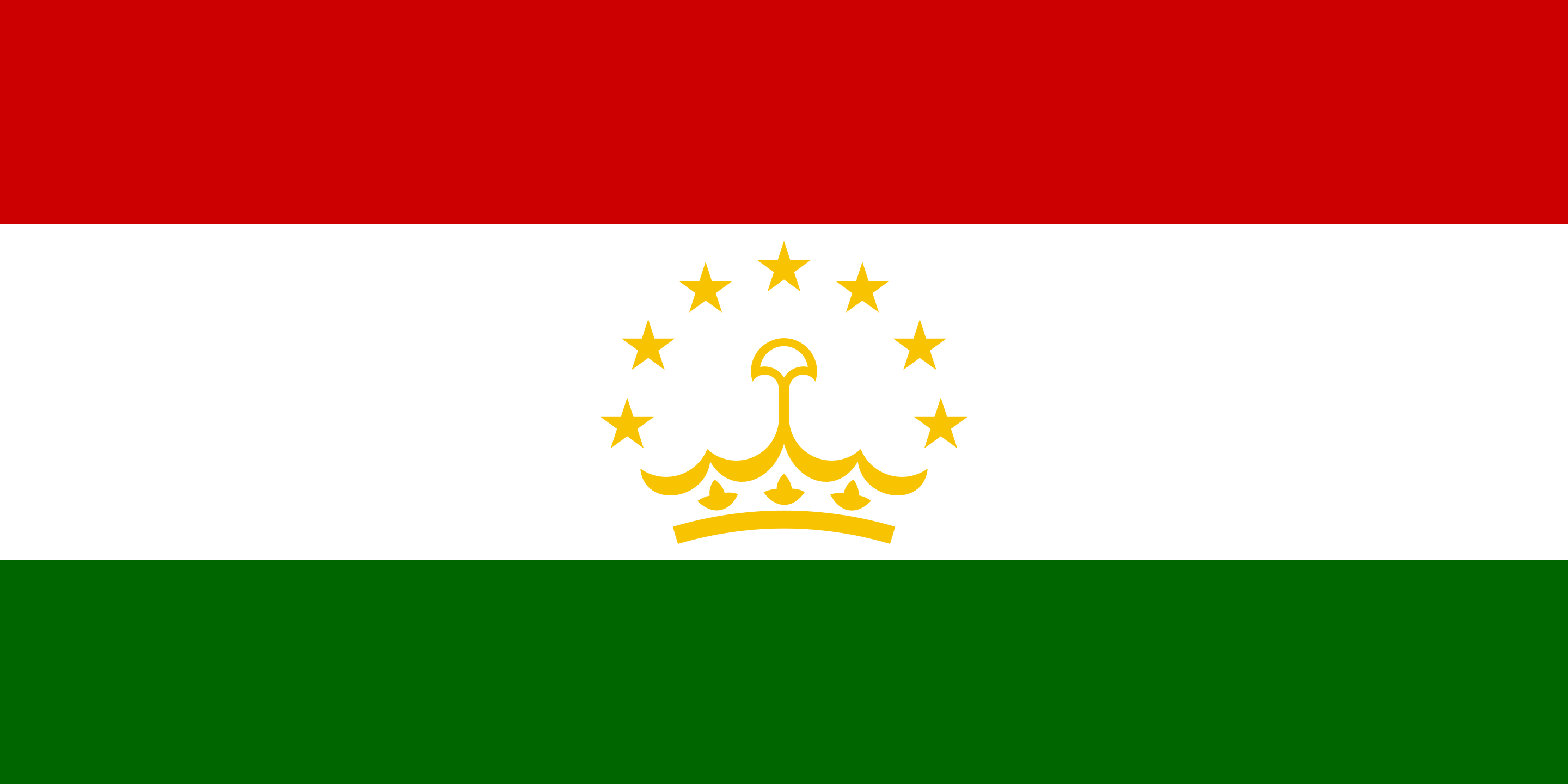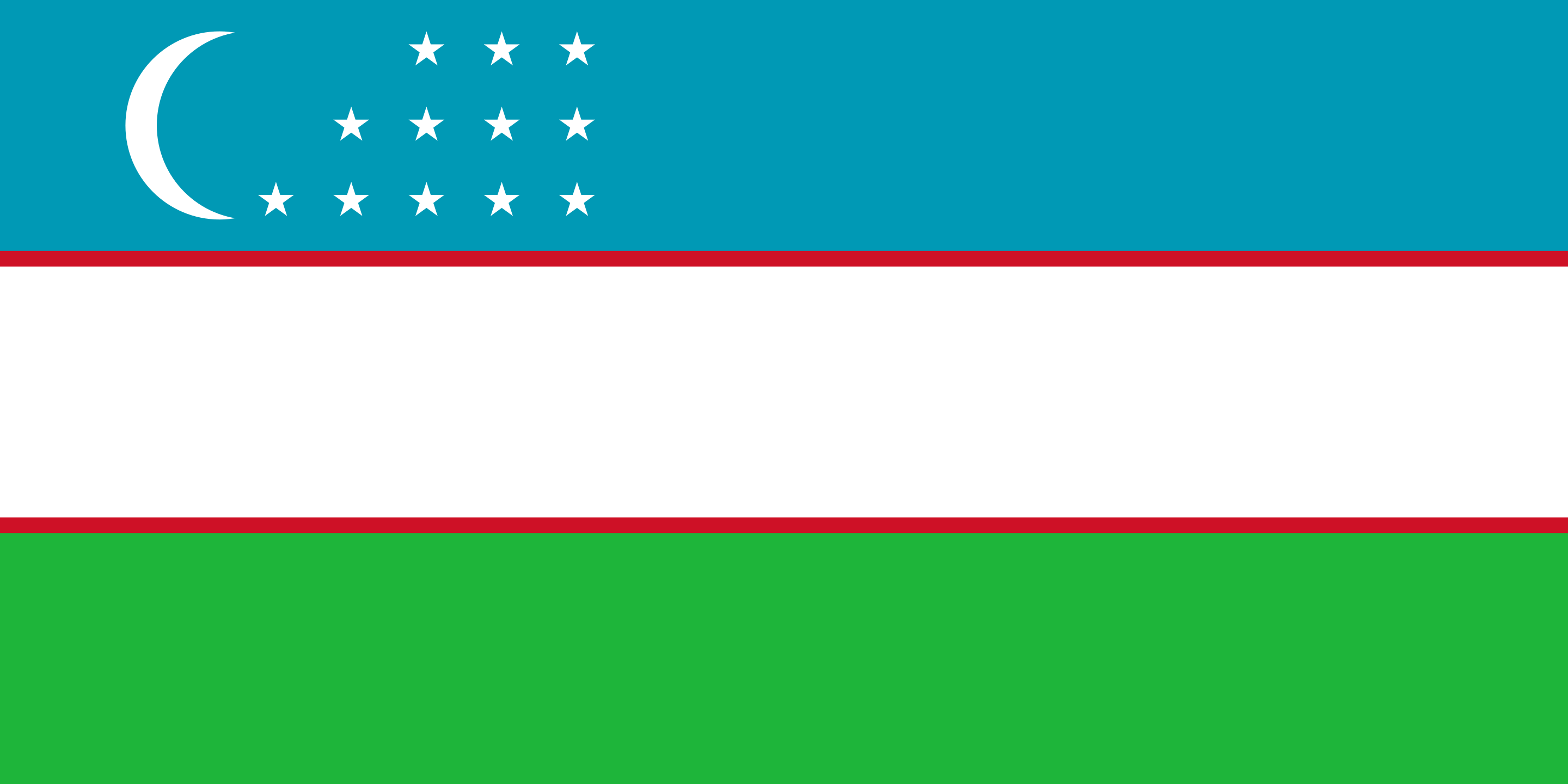
Former USSR republics located in the Central Asia are a promising market for the Russian companies. After the breakup of the USSR, they developed in different ways. Some of them have become new "Asian tigers", while others live quietly. However, such poor countries may also be interesting for the business. Tajikistan is the most representative example of this.
The history of Tajikistan lasts for thousand years. The first Tajik state appeared before the Common Era. It had the advanced science and culture for that times. But in the14th century, the Tajikistan territory was conquered by the Tamerlan warriors, which threw the country back in its development for many years.
Northern areas of modern Tajikistan became a part of the Russian Empire in 1860. In 1924, Tajikistan joined the USSR as an autonomous republic in the Uzbek SSR. In five years, the Tajik ASSR was transformed into the Tajik SSR. After the breakup of the USSR, in 1991, the independent Republic of Tajikistan was formed.
In the post-Soviet years, Russia repeatedly helped Tajikistan by providing a war and economic assistance. Moreover, strengthening of good relationship between our countries is also promoted by the fact that many Tajiks work in Russia. All of these aspects create a friendly environment for the Russian business and the absence of the language barrier.
Industries for Investment
The Tajikistan economy suffers from an extreme power deficit. The power deficit is 25% of the total demand in the country. To the great extent, this is associated with political reasons. In 2009, Tajikistan left the Unified Energy System of the Central Asia. Also, the stop in the power supply from Turkmenistan is essential. However, over 60% of all water supply in the Central Asia are located in Tajikistan. After Russia, Tajikistan takes the second place in terms of density of river network. In general, in terms of the hydrogeneration potential, Tajikistan takes the 8th(!) place in the world. However, this potential is used only for 5%. We have to mention wide opportunities for the development of solar generation. That is why the power energy is one of the fast-developing industry in Tajikistan.
About 93% of Tajikistan are occupied by mountains. Tian Shan and Pamir, the well-known high-altitude mountain ranges, are located in Tajikistan. This creates unique conditions for the tourism. And if previously we could not talk about it because of poor political situation, now, Tajikistan has been recognized as the safest country in the region. The tourism development is generally restrained by the acute deficit of hotels; so, their construction is also promising in terms of investments.
Tajikistan is one of the countries being the richest in mineral resources. Its territory contains rich mineral sources of silver, rare-earth metals, and precious stones. The only problem is that all of these rich resources are located in mountains, and this fact makes their production very expensive. But with the development of production technologies and depletion of mineral sources in other regions, the production of mineral resources in Tajikistan may become a promising business.
Standardization in Tajikistan
The standardization system in Tajikistan differs significantly from the Soviet system. There are 14 technical regulations in the areas that directly affect the people's lives and health. You must follow the technical regulations. Moreover, there are also standards that are voluntarily to follow, except for the cases when there is a reference to this standard in one of the technical regulations, and the only way to comply with the technical regulation is the use of this standard. In this case, the standard is set equal to the technical regulation and becomes mandatory to follow.
In Tajikistan, the Soviet GOSTs have not been preserved; however, many standards used in the Tajik SSR are still effective. Some local standards precisely reproduce similar current Russian standards. Such standards have a double name: ST RT and GOST R. The law of the Republic of Tajikistan "On Standardization" stipulates that usually the standards of this country should be developed on the basis of international standards if there are any in this area.
The specified law also contains an essential provision stating that interstate standards are used in Tajikistan directly, while international standards and standards of other countries are accepted on the basis of the respective agreements with other countries and international organizations.
All technical regulations, standards, and other technical regulations in Tajikistan must be translated in Russian.
Lightning Protection in Power Industry
The Agreement on Coordination of Interstate Relations in Power Industry of the Commonwealth of the Independent Countries (International Protocol of November 22, 2007) provides an important impact on the control of the use of regulatory documents in the power industry in Tajikistan. According to this agreement, Tajikistan has undertaken to align standards and rules in power industry with other countries in the CIS.
Lightning Protection in Other Industries
The technical regulation in the construction industry of Tajikistan governs the quality of construction materials and products only. The national standard for the lightning protection of buildings has not been developed yet. An existing practice includes the use of international standards in construction. It means that, during the design of the lightning protection for buildings, the IEC standards should be used.
Since the major part of the Tajikistan economy is owned by the state, any more or less important construction is performed with the participation of the state-owned companies. For example, they may be partners of foreign companies. For large infrastructural projects, the republic authorities can specifically approve the lists of the international standards to be used.
The lack of clear rules for the lightning protection of buildings in Tajikistan may potentially lead to unexpected problems associated with the presence of instructions and other bylaws you did not even know about.
Fixed communication service in Tajikistan is almost entirely monopolized by the state operator "Tajiktelecom". There are also four cell operators, two of which are owned by the Russian companies. There are no single lightning protection standards in telecoms yet; this area is regulated by the internal operator instructions.
Climbing the Peak with the ZANDZ Technical Center
We have found that it is the easiest thing to work with the lightning protection of the power industry facilities. The situation in construction and telecoms is much more complicated. You cannot obtain many regulatory documents in these areas by simply downloading them from the Internet. In this case, you will need a help of specialists experienced in the work in Tajikistan.
Moreover, the experts' assistance may be also helpful in the case when you design the lightning protection for the power industry objects. Even in Russia, it is difficult to find an edge between the power industry standards and the construction standards. And it will be even more difficult in another country. That is why you should contact specialists from the ZANDZ Technical Center.
Moreover, note that Tajikistan is the country with 93% of its territory located in the mountains. In the Russian reference books, you can find the detailed tables and design charts that allow to easily calculate earthing for the flat terrain with the soils typical of the Russian Midland for a person having a higher engineering education. But the earthing installed in the mountain rocks requires individual calculations. Here, experience and special training are required from the designers. The specialists of the ZANDZ Technical Center have the respective competences that allow to precisely calculate the earthing installed in the mountain rock.
93% of the Tajikistan territory are covered by mountains, which requires to engage high-class specialists for calculations of the earthing for the lightning protection system .
Related Articles:
 Lightning Protection in Uzbekistan: Standards, Local Specifics, Applicability of Russian and International Standards
Lightning Protection in Uzbekistan: Standards, Local Specifics, Applicability of Russian and International Standards



